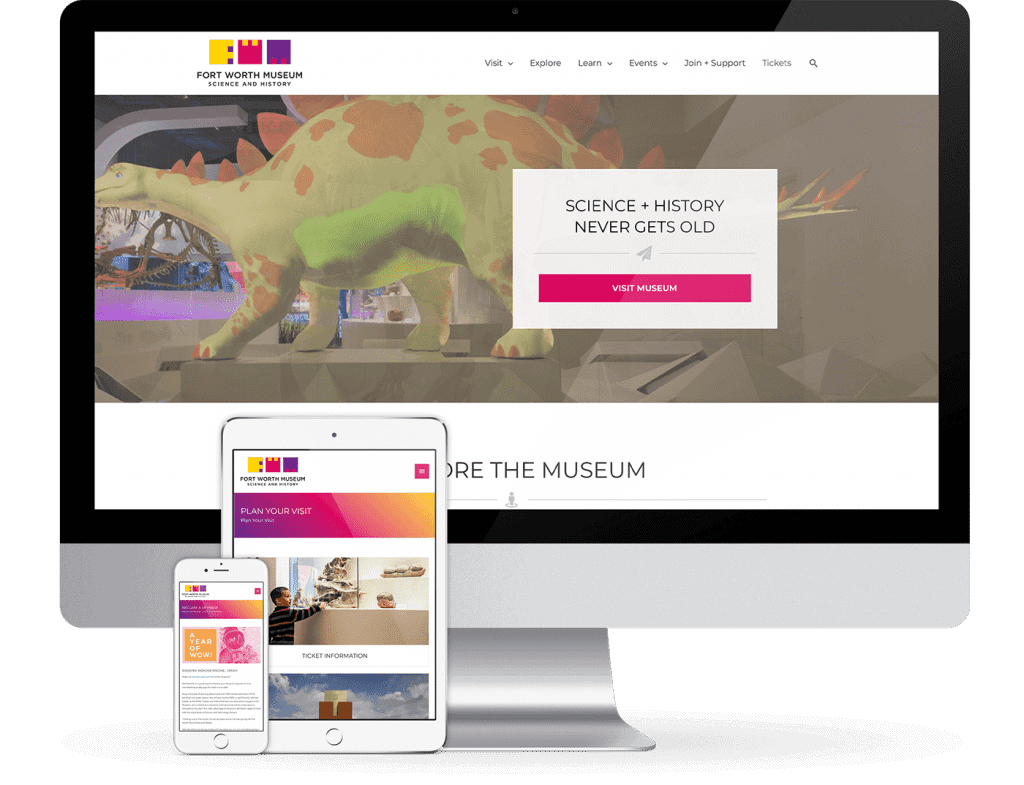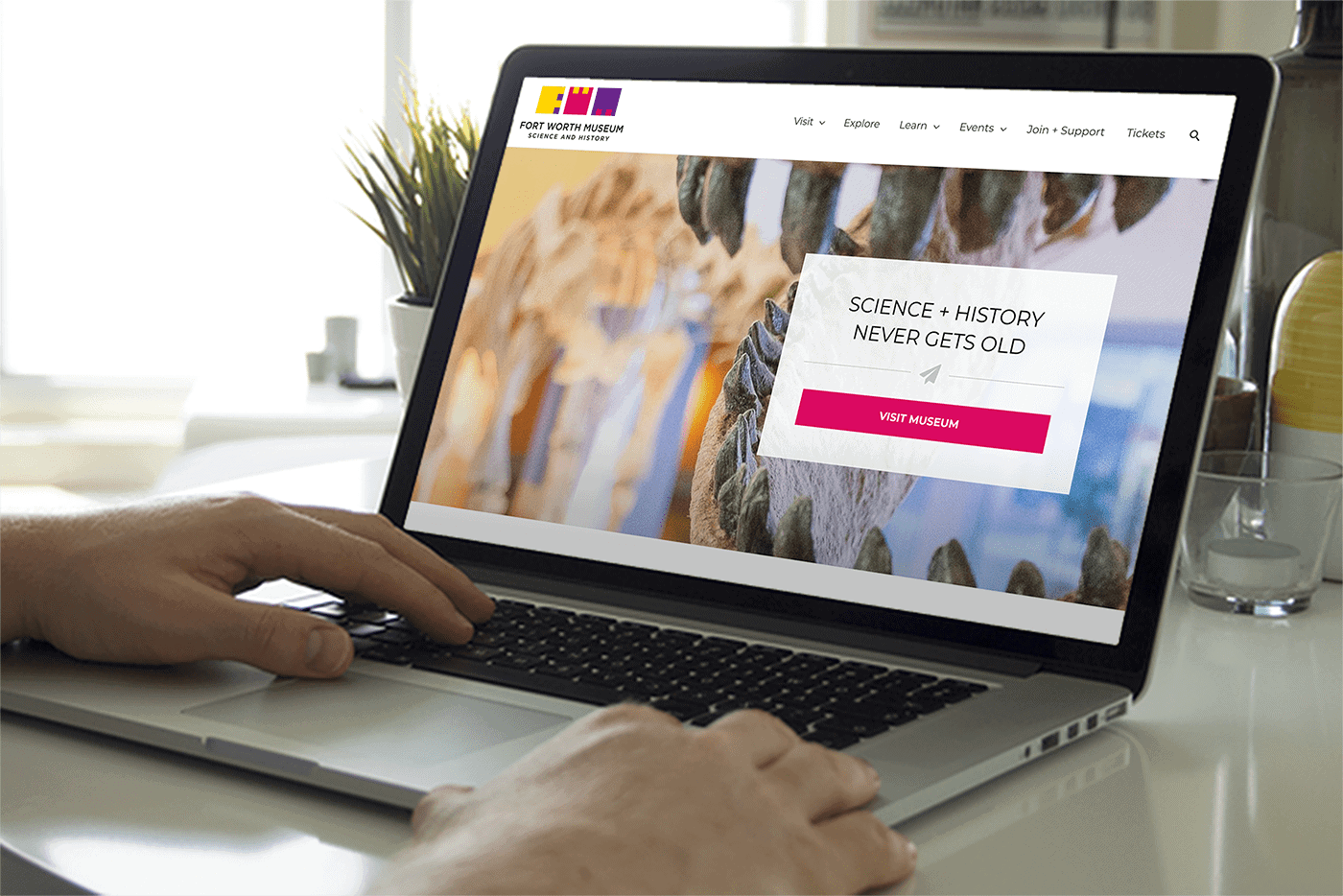I’ve been attending a lot of cyber security panels lately. There are a couple consistent messages. First, if you’re digital, you’re not keeping any secrets. Security measures matter, but if you want to be 100% secure, keep it analog. Secondly, and probably most importantly, breaches are caused by people and a lot of it is due to lack of awareness, lax security practices or a combination of both.
As a society we’ve been digitizing our lives and our businesses. It started with communications, then entertainment, business e-commerce, finances and now it proliferates every industry. While we believe there are life-changing benefits that come with technological advances, we also know it comes with unintended consequences and that when the digital data is wrong or compromised, it can be bad for everyone involved.
We’re mindful of our usage of technology, the implementation, keeping our code up to date and knowing when tools are being deprecated. The cost of updates is not always something organizations plan for, but when left unattended long enough, ignored systems can lead to breaches or outages. Even if nothing quite so major happens, the website or platform can become tedious or impossible to maintain causing operational frustrations.
Such was the case with the Fort Worth Museum of Science and History. Their version of Drupal was no longer supported. They couldn’t make any design changes and it was difficult to make any content updates to their website. For over a year, their team had been considering a redesign so that the website would be more aligned with their updated branding, the new building design of the museum, and the advancements in technology including making it mobile-friendly or more interactive. However, other enhancements needed to take priority, and rightly so, such as updating the point of sale system that would soon be deprecated.

One evening in late May I got a phone call from our friends at the museum. It’s always alarming to load your website and realize you’ve been hacked. Regardless of the size or nature of the breach, you feel vulnerable. Not only do you want to remove any visible signs of the event, especially if it is profane, but you want to assess your entire ecosystem to ensure that nothing important has been compromised. In this instance, our cursory evaluation revealed an isolated line of code, but there was no way of knowing when or how it was injected. Due to this uncertainty, the museum staff asked for a quick turnaround on a landing page stating that their site was under maintenance. The museum still needed to sell tickets, provide their contact information and direct people to fill out the museum school form. Within a few of hours, CauseLabs and PurposeWP launched a WordPress landing page meeting the museum’s basic needs, adhering to their new branding with a clean, mobile-friendly layout.
Going from a massive site with over 50 pages of content to a single landing page with a ticket sales button is not something you want to keep up for long. It’s clean and functional, but it does not serve all of your customer needs and it is damaging to the SEO your site has built up over the years. Because of this, our next step was to rapidly design a modern experience for the museum visitors. We gave ourselves a tight turn around window and we felt every heavy moment of those two weeks because we knew that visitors would be wondering when the new website and the content they needed would be available.

We are happy with the results. The Fort Worth Museum of Science and History is able to add new content with ease, manage their exhibits, and feel secure with their digital ecosystem. While a two week project doesn’t encompass all of their design requests, API integrations, or a grander vision for the future of the organization’s website, this will sustain the museum until they are ready to work on those larger strategies. The Fort Worth Museum of Science and History staff and board members can make those decisions with time and confidence on their side.
I have to admit, it feels good to know that our team can turn things around quickly in a time of crisis and that, despite the limited scope, the quality of our work does not suffer. Now, weeks after the launch, it feels even better to know that the museum has been able to add to their site, manage it themselves and that it will give them the time they need to make the best decisions for their future technology enhancements.

